ADVERTORIAL • November 2018
Why your next ski trip belongs in Japan
With deep, reliable powder, incredible hospitality and an abundance of Olympic-level ski resorts, plenty of those in the know are heading to Japan for their winter sports fix. Ski writer Jonathan Thompson shares five reasons why it’s time to join them
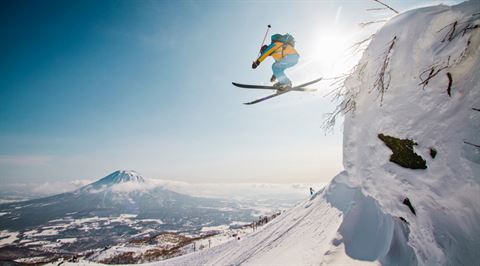
The powder and the glory
There are more than 500 ski resorts across Japan, but the one thing they all have in common is deep, fluffy powder by the truckload - nicknamed ‘Japow’. Resorts on the northern island of Hokkaido in particular receive up to 55ft of the white stuff a year – more than three times that of perennial British favourite Val d'Isère, in the French Alps. Experts say Hokkaido’s secret is down to its perfect geography: freezing air from Siberia rolls over the Sea of Japan, soaking up moisture before dumping thick layers of snow onto the first mountains it meets. As a result, skiers and boarders flock to the island’s top resorts, including Niseko, Sahoro and Rusutsu.
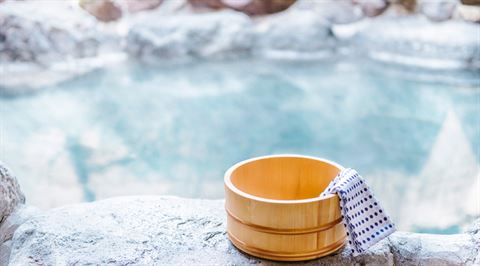
The hot stuff
Japan’s ski scene is not just about regular, reliable snowfall, stunning mountain vistas and long, well-groomed runs. It’s also about soaking in onsen - natural hot springs - afterwards. The perfect way to relax and ease sore muscles following a hard day on the hill, onsen is commonplace in all Japanese ski resorts. Just ensure you know the rules beforehand: you’ll need to shower first, then leave your inhibitions - and all of your clothes - at the door. Your thighs will thank you for it the next morning. (Don’t worry, so will your partner - onsen is strictly single-sex).
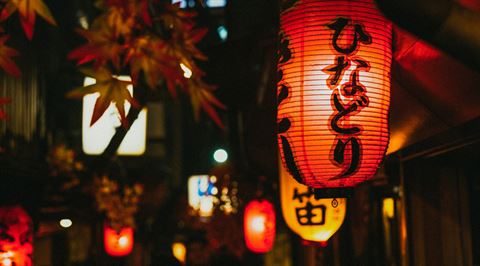
The après-ski scene
Slipping into an onsen might be the first thing you do after coming off the slopes, but there’s plenty more to Japanese après-ski than just hot water. In many resorts you’ll find trendy izakaya (Japanese gastropubs), as well as bars specialising in Japanese whisky and hard-to-find regional craft beers - not to mention sake. In particular, Hirafu Village in the Niseko area is known for its animated après-ski scene, with plenty of lively pubs, restaurants and karaoke bars. So, too, is Tomamu – an upscale resort in central Hokkaido with multiple nightspots, including a couple housed in illuminated igloos.
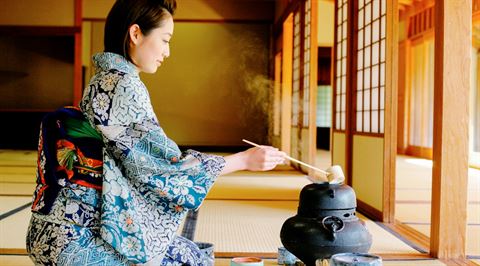
The outstanding hospitality
The Japanese concept of omotenashi – meaning to wholeheartedly welcome and look after every guest – is at the heart of the hospitality industry across the country, and ski resorts are no exception, on both Hokkaido, Honshū and the main island (where the best resorts include Okushiga Kogen, Suginohara and Hakuba Cortina). The standard of service across the mountains is impeccable - and a winning combination when paired with an abundance of superb Japanese food, from ultra-fresh sushi to fiery ramen and artful kaiseki cuisine. Whether you’re staying at a ryokan (classic inn) or a five-star hotel, you’ll be treated like family from the moment you arrive, and the first welcoming shout of irasshaimase!
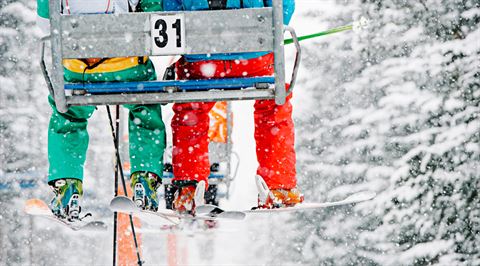
The longer skiing season
Unlike most European and North American resorts, the Japanese ski season extends from November to May, meaning a chance to enjoy world-class conditions both earlier and later than elsewhere. Add in four direct flights a day from London Heathrow to Tokyo with British Airways and Japan Airlines, free connecting domestic flights to ski hubs including Sapporo and Yamagata, and free transportation of ski equipment as part of your baggage allowance, and you’ll be hard pushed not to glance east when your thoughts turn to planning your annual trip to the slopes this winter.
British Airways will launch a new four-times-per-week service to the Japanese city of Osaka from March 2019. To discover more, click here
This article has been tagged Advertorial
More from previous issues

The best apps for flying geeks
Whether you’re tracking loved ones or simply adore all things aeronautical, our tech writer has all the flying apps for which any geek... ahem, enthusiast, could ever wish
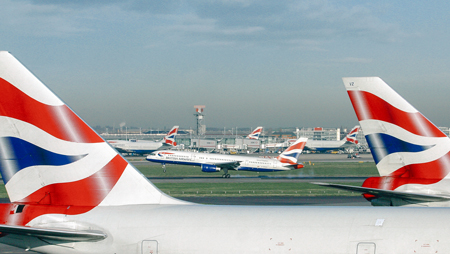
The best of BA news
New winter routes are introduced at Heathrow, a new menu is ready to tickle taste-buds in Club Europe, plus more aircraft join the fleet at London City Airport
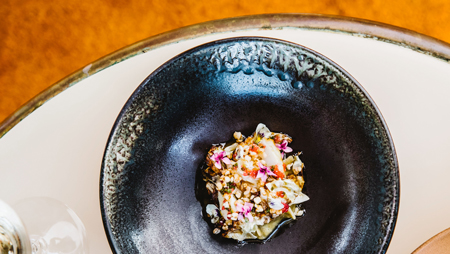
Bill Granger’s foodie guide to Sydney
Bill, please: Australia’s favourite chef, Bill Granger, takes us back to Sydney, home of relaxed café dining and the city where his business was born
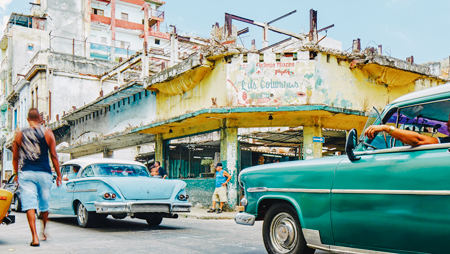
My Club: the entrepreneur
Businesswoman and Gold Member Samyukta Nair on continuous learning, a Cuban adventure and the pleasures of stress-free flying
